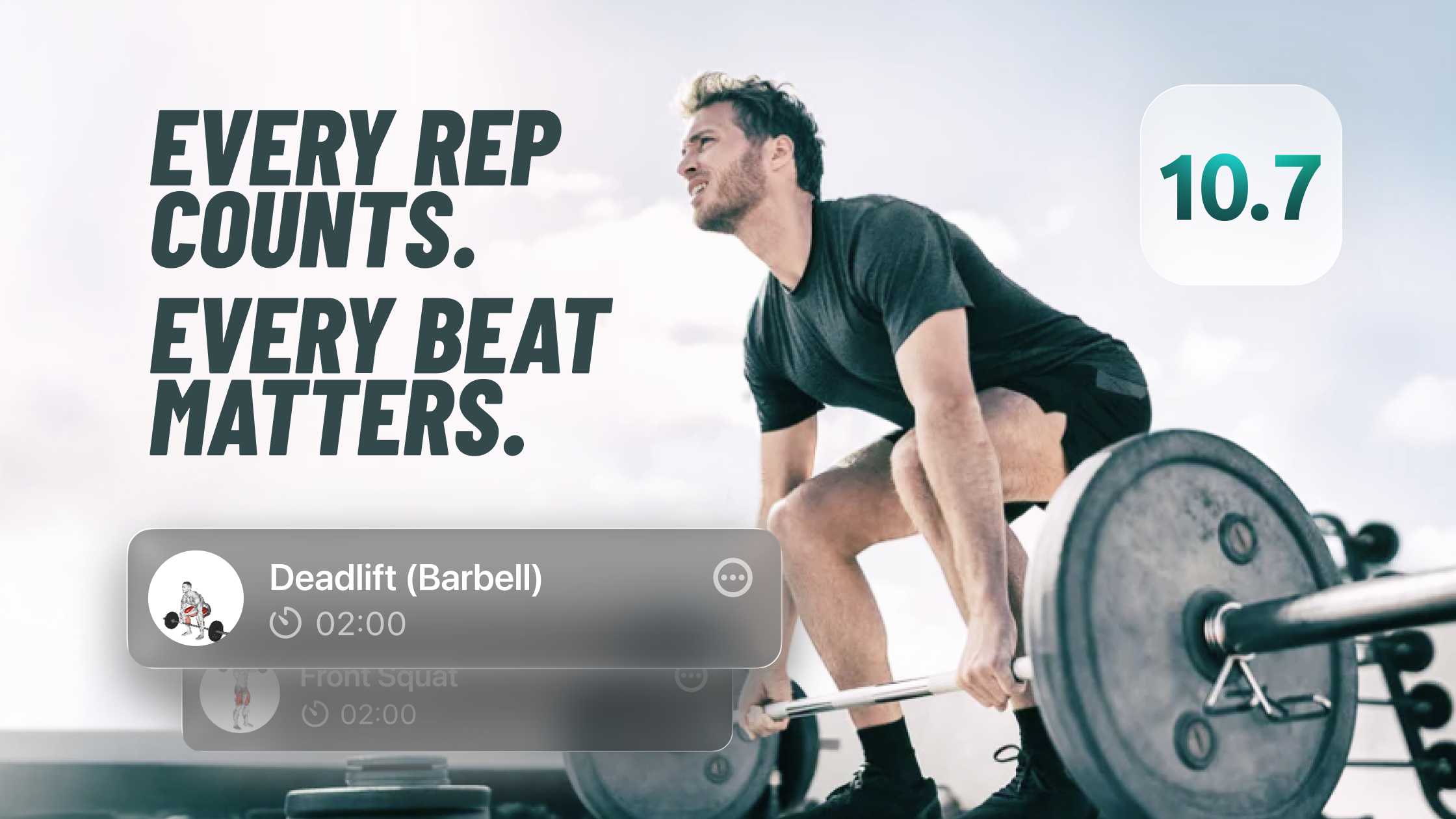Why the Fat-Burning Zone is a Myth

We all know that exercise is an important part of the weight loss equation. Calories in have to be less than calories out, right? Adding exercise to your day helps burn more calories. This gives you the option to eat more while still losing weight, or simply speeds up your weight loss. While it’s pretty easy these days to track the number of calories you burn during exercise, other fat-burning info might leave you confused. Have you heard that you should exercise at low intensity to make sure that you stay in something called the ‘fat-burning zone’? If so, read more to learn why this is probably bad advice!
What is fat?
Human bodies are amazing things, turning food into energy and building blocks to sustain and repair themselves. All of the food we eat is composed of three types of macronutrients: protein, carbohydrate and fat. Foods often contain a mixture of these macronutrients. An egg, for example, has both fat and protein.
Our bodies use these three fuels in different ways. Protein makes up the building blocks of our cells. Our bodies use protein to repair damage and replace old cells. A certain amount of protein is required every day to keep your body in optimal health. The amount of protein you need depends on your age, gender and body composition. Carbohydrates and fats, on the other hand, are used by our bodies for energy.
While carbohydrates (think sugar, fruit, bread or potatoes) are a simple form of quick release energy, fat is harder to break down and use. When we eat fats, our body needs to convert that fat into something simpler in order to use it. When we overeat, our body takes the excess calories we have consumed and converts it to fat which it stores to use later.
How does weight loss work?
The principle for weight loss and weight gain is pretty simple. We use a certain amount of energy, measured in calories, to live. Everything we do, from thinking to breathing to walking, expends calories. The number of calories you burn each day is called your TDEE, or Total Daily Energy Expenditure. If you eat exactly the same number of calories as your TDEE then you will not change weight at all: your body will use your food as fuel with no waste. On the other hand, if you eat more calories than your TDEE your body will convert those extra calories into body fat to store and use later.
If you eat fewer calories than your body needs to function it will start using those calories that it stored in body fat to supplement the calories you eat and keep your functioning well. This is why cutting calories leads to weight loss. This is also why increasing your workouts can help you lose weight. If you eat the same amount that you usually do, but work out to burn extra calories, your body needs to fuel those workouts somehow. That is when it will start drawing fat out of your body to burn.
What does it mean to burn fat? What else am I burning?
In order to understand why the ‘fat-burning zone’ isn’t worth worrying about you need to first understand what people mean when they talk about it. This can be a bit complicated, which is why this myth is so pervasive. Remember how our body burns two different macronutrients for fuel: carbohydrates and fats? This is also true when we are working out. When you are working out at a low intensity your body will draw most of its fuel from fats. This makes sense, because even thin people have enough body fat to sustain them for long periods of exercise. Fat is such a great source of fuel that the supplies of it in most people is functionally limitless. We can run on fat for a very long time without coming close to the ends of our supplies.
Carbohydrates, on the other hand, are a faster source of energy. Our body uses carbohydrates to fuel intense, quick and explosive movements. Our body fuels these movements like jumping and sprinting with our stored carbs from our muscles and liver.
Carbohydrates seem like a better source of energy, right? They’re quicker to use and readily available. Carbs store themselves in our muscles and liver, ready for whenever we need them. The problem is that those carb stores are pretty limited. Our muscles and liver can only hold enough carbohydrates to fuel us for a little while, as opposed to our nearly limitless sources of body fat. This is why when you run at too fast of a pace you can ‘hit a wall’ or ‘bonk’ and find yourself completely depleted of the energy you need to keep going. Intense exercise quickly burns through your stored carbohydrates, leaving you with nothing to fuel you.
So, what is the fat burning zone?
The fat burning zone that most people talk about is the heart rate range in which your body is burning the most body fat to fuel your workouts and the least carbohydrates from your muscles and liver. On first glance that sounds great, right? Your goal is to burn body fat, after all! Well, there’s a little bit more to the equation than just that.
While more of your calories burned in this low-intensity zone come from fat, the overall number of calories you burn is much lower when you’re working much less hard. Imagine going for a 30-minute leisurely walk vs. a 30-minute run. During your 30-minute walk you might burn 100 calories, and 70 of those will be from fat. During your run you may be burning only 50% fat and 50% glycogen (carbs), but if you burn 300 calories total you will still burn 150 fat calories.
What's wrong with that?
This tricky math is why you see people at the gym on machines for hours without breaking a sweat. Chances are that they are not seeing the results they want because they are focused on burning fat, which is tricking them into wasting time doing less efficient exercise. If they worked out twice as hard for half the time chances are they would still be burning more fat calories, overall calories, and would see huge improvements in their health in other areas!
That’s not the only logic trick that keeps people working out in the less-intense fat-burning zone. People who tell you to stay in the fat burning zone never really explain what the other percentage of energy is that you’re burning when working out. We have already mentioned here that your body will be burning carbohydrates stored in your liver and muscles. Sure, that doesn’t sound very appealing to burn. People usually don’t want to lose weight in their liver or muscles, but that’s really not what’s happening here.
When you burn all that stored glycogen your body needs to replace it. Your body replaces this glycogen after your workout either by storing some of the food you eat (which keeps it from being stored as body fat) or by taking energy form your body fat reserves and converting it to glycogen. So, if you are eating at a calorie deficit those ‘carb calories’ you burn will likely come from your body fat anyway.
When is the fat-burning zone helpful?
Even though we have spent this whole article dismantling the idea of the fat-burning zone, there is one specific case where it might be helpful to monitor your heart rate and make sure that you are staying in this zone. The fat-burning zone is a helpful tool for long endurance athletes. Running a marathon or an Ironman? Staying in the fat-burning zone can make sure that you have plenty of fuel to sustain you for long times. You can conserve your limited glycogen reserves and workout for much longer if you stay within this zone, but this is not usually important to general athletes and fitness enthusiasts.
What should you do instead?
While staying within the fat-burning zone may seem initially helpful, we have seen that it’s generally contrary to your actual health and fitness goals. How you should train instead depends mostly on your goals. Here's a great article on the basics of heart rate training if you're looking to learn more. Looking to lose weight? Because the key to weight loss is burning more calories than you eat, your goal should be to work out with more intensity rather than less. Looking to improve your heart health? Studies show that periods of high intensity work are the most helpful here. High intensity protocols like HIIT training are probably what you should steer toward.






.png)




